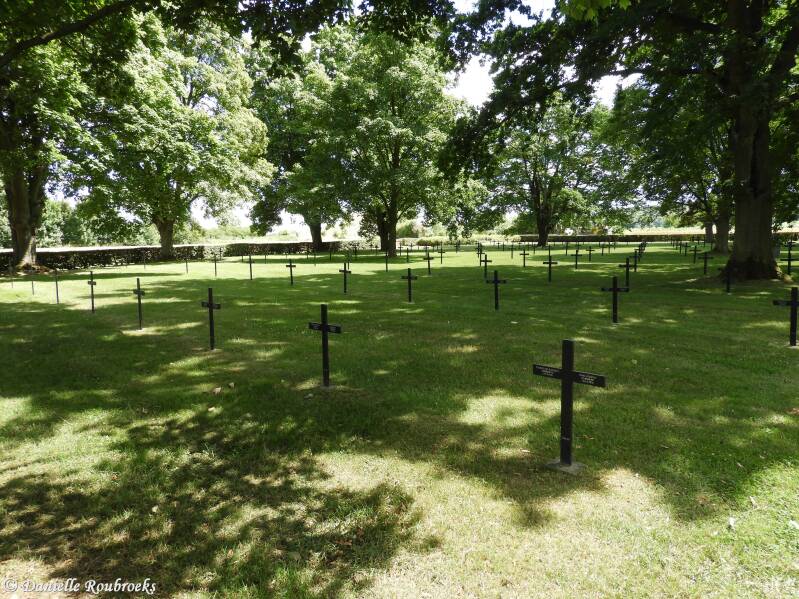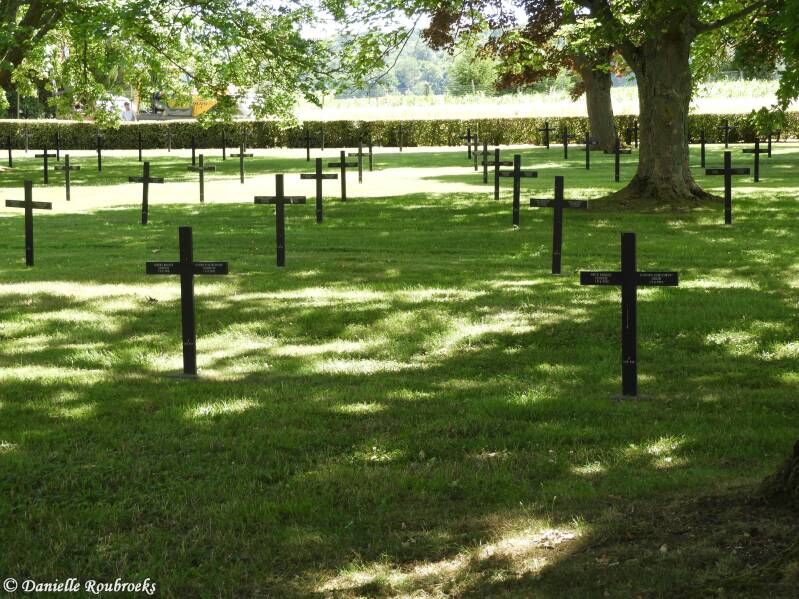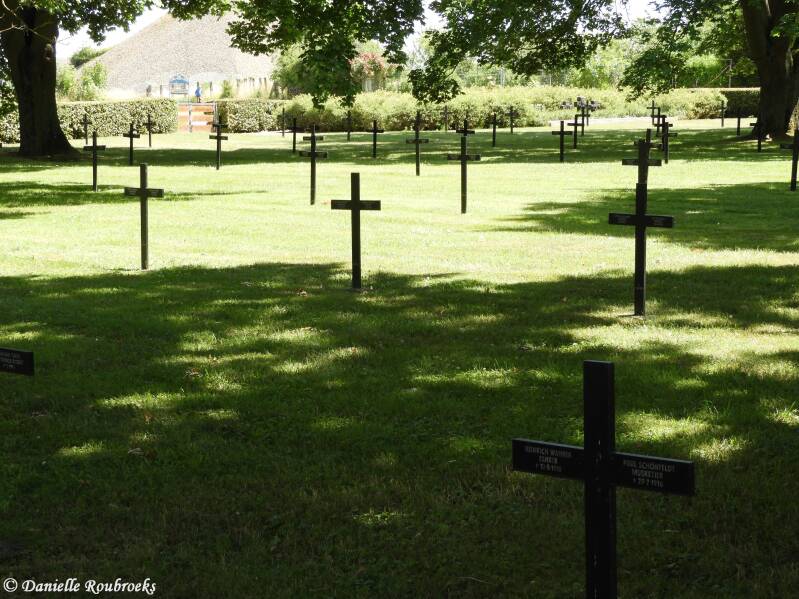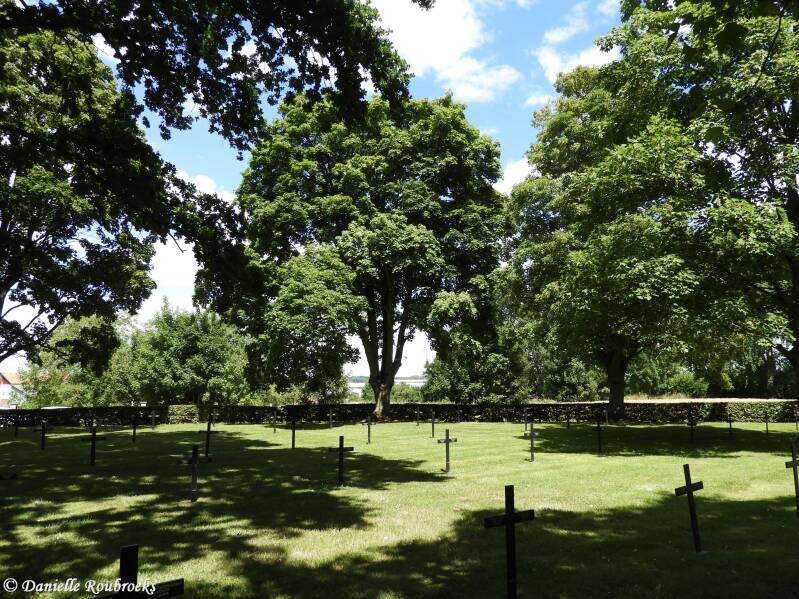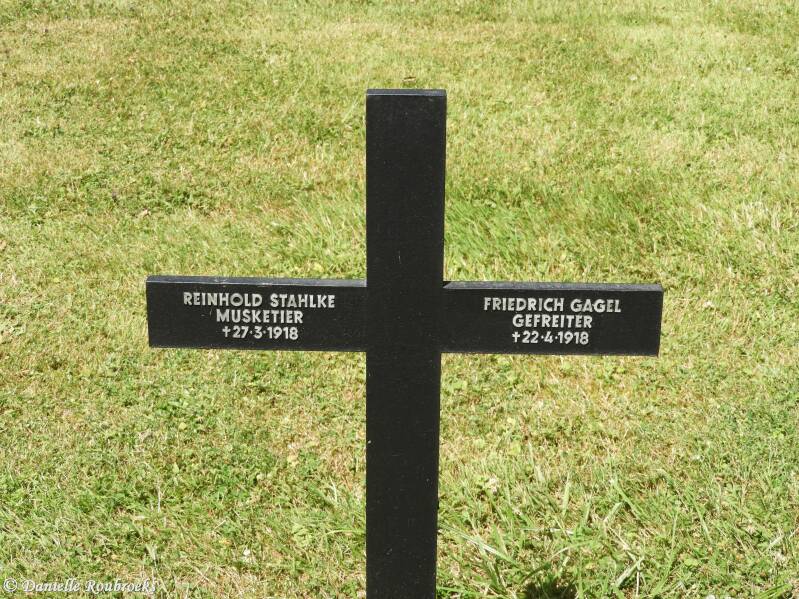Lassigny German Military Cemetery
Historical Information (Source: Volksbund)
1,777 German war graves First WWII.
Of the 1,777 fallen, 1,097 rest in individual graves; six remained unnamed. In the two communal graves containing 680 victims, 467 remained unknown.
The German military cemetery Lassigny was initially laid out in 1919 by the French military authorities as a German-French joint cemetery. The starting point was a common grave dug during the fighting in the early summer of 1918, in which 55 unknown French soldiers who had died were buried. In 1922, the French military authorities undertook the burial of the French dead and their transfer to their own cemetery. The vacated cemeteries were reoccupied with dead Germans who had been reburied here from 27 community areas and from a distance of up to 18 kilometers. More than 400 of those resting here lost their lives in the outflanking battles - the so-called "race to the sea" - between Noyon and Roye in September 1914, the mutual attacks in the winter months of 1914/15 and the trench warfare until the German retreat to the "Siegfried Position " in March 1917.
By far the largest part of the dead fell or died of wounds during the battles and skirmishes in 1918, in particular the "Battle of Noyon" in June and the heavy defensive fighting in August and September 1918. The full extent of the events will be recognizable when one learns that the soldiers buried here were 131 Inf.- and Res.Inf.Regt., 14 Garderegt., 45 Art.- and Res.Art.Regt. and 165 pinoier battalions and many other smaller units. The dead in the first years of the war belonged to units whose home bases were in West Prussia, Pomerania, Schleswig-Holstein, Saxony, Thuringia and the Hanseatic cities of Bremen, Hamburg and Lübeck, or belonged to the Prussian Guard. Those who died in 1918 belonged to the Guards or had their home bases in East and West Prussia, Posen, Silesia, Pomerania, Brandenburg, Mecklenburg,




